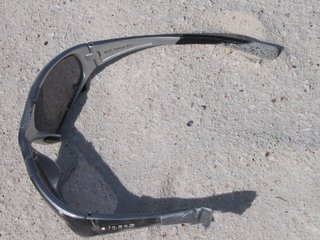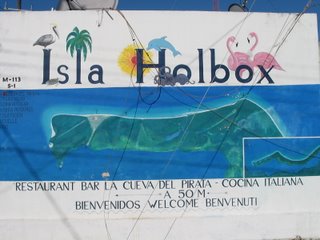Reflections on Central America
Well, most of you know by now that I am long since home. I have been trying to publish on the last of my travels, more for my benefit than anyone else's. Having completed my recent post about the Sian Ka'an Biosphere Reserve, I believe I am finally done.
 It has been three weeks, and life here in Canada is pretty much back to normal. Work started right away in the very same building as I worked in before I left - I am two floors up, almost directly above my old desk. I walk into the same coffee shop in the morning, and have the same cafe options for lunch. The bus and bike routes are automatic, and I am falling back into the routines with ease. It is almost hard to believe that I took this photo of Misol-Ha not two months ago.
It has been three weeks, and life here in Canada is pretty much back to normal. Work started right away in the very same building as I worked in before I left - I am two floors up, almost directly above my old desk. I walk into the same coffee shop in the morning, and have the same cafe options for lunch. The bus and bike routes are automatic, and I am falling back into the routines with ease. It is almost hard to believe that I took this photo of Misol-Ha not two months ago.But in as many ways that the transition back to working is easy, I am having trouble really connecting to how luxuriously I am living. Clothing and belongings clutter my home and my head and I wonder why I have so much, having just lived comfortably out of a backpack for over ten weeks. And as comfortable and easy as the old routines are, they are also a source of discomfort as I look for ways to live more simply here at home.
I am also keenly aware of my desire to travel more. The difference is that I now know how easy it is to just set off in a direction with little or no regard to itinerary. South America over the winter months looks as attractive as it is expensive; the Canadian North may be a bit cold in the fall; and I have plenty of places to stay throughout Northern Europe, having met so many great people in my travels. The only restrictions are my own reservations about spending more time and money away from home, family, and friends.









